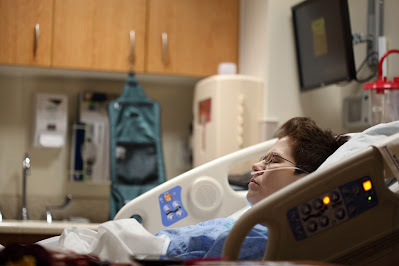Understanding Uterine Fibroids: Common Symptoms and risk factors
What are Uterine Fibroids?
Uterine fibroids, also known as leiomyomas, are benign tumors that arise from the smooth muscle cells of the uterus. They can vary in size, ranging from small, undetectable nodules to large masses that distort the shape and size of the uterus. Uterine fibroids can be classified based on their location within the uterus, including subserosal fibroids (outer wall), intramural fibroids (within the muscle wall), and submucosal fibroids (inside the uterine cavity).
Common Symptoms of Uterine Fibroids
Heavy or Prolonged Menstrual Bleeding: Excessive menstrual bleeding, also known as menorrhagia, is a common symptom of uterine fibroids. Women may experience prolonged periods, passing blood clots, or need to change sanitary protection frequently.
Pelvic Pain and Pressure: Fibroids can cause pelvic discomfort, ranging from mild to severe pain. Pressure on adjacent organs, such as the bladder or rectum, may lead to frequent urination, constipation, or lower back pain.
Menstrual Irregularities: Uterine fibroids can disrupt the regular menstrual cycle, leading to irregular periods or spotting between periods.
Enlarged Abdomen: Large fibroids can cause the uterus to expand, resulting in a visible enlargement of the lower abdomen.
Seeking Diagnosis and Treatment
If you experience symptoms associated with uterine fibroids, it is important to consult a healthcare professional for an accurate diagnosis. A thorough medical history, physical examination, and imaging tests such as ultrasounds or MRI scans may be conducted to confirm the presence of fibroids and determine their size and location.
Treatment options for uterine fibroids depend on the severity of symptoms, desire for future fertility, and individual circumstances. They can range from medication to manage symptoms, hormonal therapies to shrink fibroids, minimally invasive procedures like uterine artery embolization or myomectomy, or, in severe cases, hysterectomy.
Moreover, being aware of the risk factors, such as age, hormonal factors, family history, ethnicity, and lifestyle choices, can help women make informed decisions about their health and take preventive measures. Regular check-ups and open communication with healthcare professionals are essential in monitoring and managing uterine fibroids effectively.
By seeking timely diagnosis and exploring appropriate treatment options, women can alleviate symptoms, improve their quality of life, and make informed choices about their reproductive health. Ongoing research and advancements in medical technology continue to enhance our understanding of uterine fibroids, paving the way for improved diagnostic techniques and more personalized treatment approaches. With increased awareness and proactive healthcare, women can navigate the challenges posed by uterine fibroids and take control of their well-being.
Conclusion:
Understanding the common symptoms and risk factors associated with uterine fibroids is crucial for early detection and appropriate management. Recognizing the signs of heavy or prolonged menstrual bleeding, pelvic pain, and other related symptoms can prompt women to seek medical attention and receive an accurate diagnosis. This website will let you know more about this topic!




Comments
Post a Comment